To answer this, let me first explain that Japan is made (predominantly) of 4 islands, Hokkaido in the north, the elbow-shaped Honshu, the much smaller Shikoku, which sits south of the western part of Honshu, and Kyushu, the furthest to the south and west. Of course there are many smaller islands as well, including the Okinawan chain, but for all intents and purposes, Japan is made of 4 main islands.
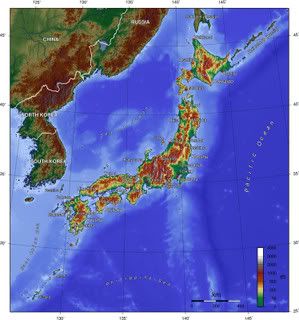
Honshu is the largest of the 4 islands, and according to wikipedia,
is roughly 1,300 km long and ranges from 50 to 230 km wide, and its total area is 230,500 km², 61% of the total area of Japan. It is larger than the island of Great Britain, and slightly larger than the state of Minnesota....
The island is nominally divided into five regions and contains 34 prefectures, including metropolitan Tokyo. The regions are Chūgoku (western), Kansai (southern, east of Chūgoku), Chūbu (central), Kantō (eastern), and Tōhoku (northern). (link)
Gifu Prefecture is located in the Chubu region, right in the center of Honshu. The light blue part of this map.
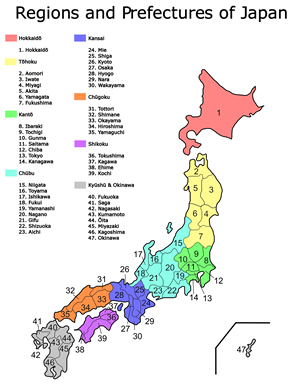
If we blow that map up to only look at the Chubu region, Gifu Prefecture is the one labeled "21", right next to Nagano (#20)
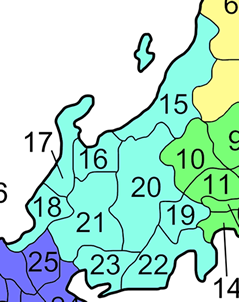
Gifu Prefecture is then further divided into several regions (like the Hida region, the northern most part of Gifu Prefecture, where Takayama is) and large cities like Takayama and Gero. Three years ago, nine towns and villages near the old city of Takayama merged to become the Takayama of today. This expansion effectively made it the largest city in Japan by surface area at 2,177.67 km² (840.80 sq mi). (link) The city takes up more than half of the entire Hida region, and is shown as the dark green section on this map of Gifu Prefecture:
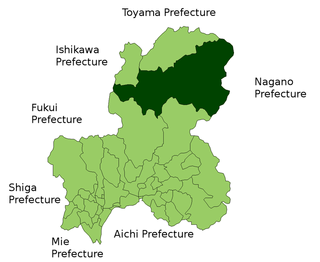
Now that we all know where Takayama is, let me get on to the main topic of this post, baseball ^_^ Many of you know that I am a baseball person. In the US I always went to see the Rockies play in the summer, and here in Japan I often practice after school with the team at KJH, and I go to see most of the tournament games played by MJH. In fact, MJH just won the second round of the fall tournament and will be heading off to the finals this weekend (yeay). Anyway, one of my English teachers is also a big fan of baseball, and last month I begged him to take me to a Japanese pro game.
The closest team to Takayama, in fact the only team in the Chubu region, (and therefore my default favorite team in Japan) is located in Nagoya City, part of Aichi Prefecture. The Chunichi Dragons.

Last year they won the Japanese version of the World Series, the Japan Series, (yeay! at least one of my teams could do it! -_^), and even more impressively, they were the team featured in the 1992 movie Mr. Baseball.
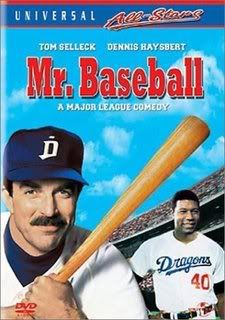
At the end of August, thanks to my awesome JTE and his wife
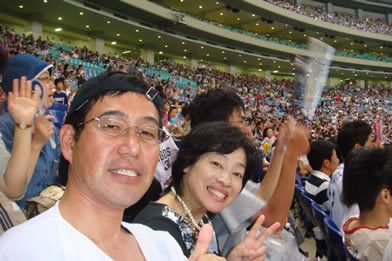
we got to see them play the Hiroshima Carp at the Nagoya Dome. It was the first time I've ever been to a game in a dome before, seeing as Coors Field is an open-air stadium.
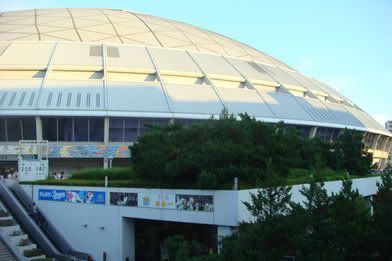
The inside of the dome looks pretty much the same as any baseball stadium, with the exception of an almost entirely astroturf infield and an abundance of Japanese writing everywhere. Except when writing cool stuff like "GoGo! Dragons" on the big screen (10 points if that made you think of Inspector Gadget ^_^)
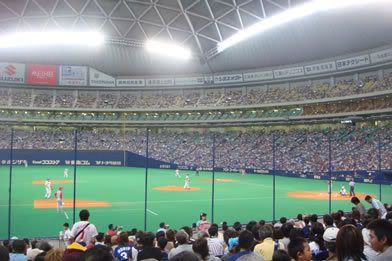

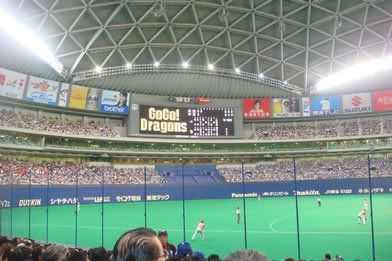
The game itself was the same as games at home. What makes Japanese baseball really interesting is the differences you see in the crowd. Like the lack of peanut shells (or anything else for that matter) littering the floor. Or how instead of nachos you can buy a bento to eat at your seat
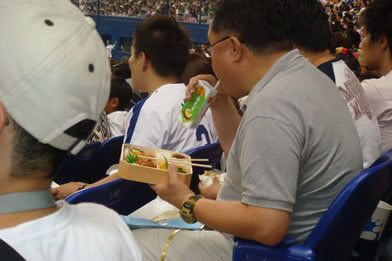
Probably the most interesting aspect of the Japanese baseball game is the oendan or "cheering squad", who sit together in designated "cheering" sections with taiko drums and noise makers and horns and huge flags to cheer their team on. According to my JTE, many of these people follow their team around to support them. Like, even to away games. (o_O) It isn't so much that there are organized cheering squads at these games that surprised me; rather it's that there are actually Japanese people who don't spend every waking moment furiously looking busy and never taking vacation. Who are these people?!?!!

And it's not just the "official" cheering sections that get into it, but the entire crowd who shake off their usual cloak of calm and reserve to rowdily encourage their team. Unfortunately, the battery on my camera died after only a few pictures so I couldn't take any video, but I did find this one on youtube
Another interesting event not included in American pro baseball (or at least that I remember) are the pro cheerleaders. You have, of course, your scantily clad young women, and because it's Japan ridiculously cute furry mascots that ride around on bikes and do handsprings with huge heads.

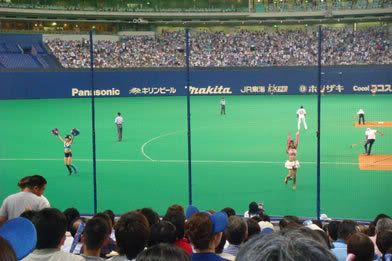
An interesting experience, to say the least. Of course, in the end, I suppose all that really matters is who wins and who loses. Currently, the Dragons are ranked 4th (out of 6) in the central league with 12 wins and 12 losses, 2 games behind the #1 Yomiyuri Giants, and 7th (out of 12) in the interleague, 3 games behind the #1 Softbank Hawks. Currently, Hiroshima is ranked one ahead of Chunichi, but on this day the Dragons were victorious with a 7-3 win and 2 home runs. And besides, who wants to be called a Carp, anyway? Dragons are WAY cooler
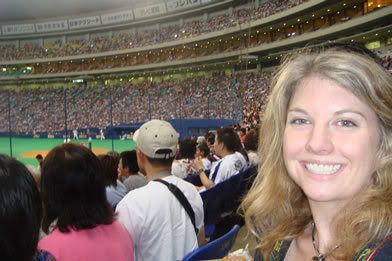
d(^_^)b

2 comments:
yes, gogo! gadget maps...
I guess I hadn't though of it that way before but Japan is kinda small-ish. For comparison Colo. is ~270,000 sq. km. but less than 5mill, where Japan is 128mill people...
Glad your team won... I havent been in a pro park, since the Bears played at Bears stadium... and they were Triple-A... course that was way before the Rockies.
I couldn't agree more about the carp. Good thing you're not a Hiroshima fan. I loved the part about the "fan section". We sit in that section at Rapids games (soccer) here and people get all crazy while there are calm families sitting nearby. But in Europe, rowdiness is the norm at a sporting event, so I was pleasantly surprised to read that Japan also has its excitable cheering fans.
Post a Comment